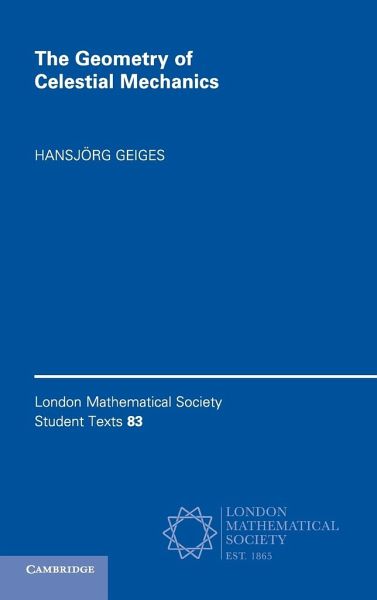
The Geometry of Celestial Mechanics
Versandkostenfrei!
Versandfertig in 1-2 Wochen
97,99 €
inkl. MwSt.
Weitere Ausgaben:

PAYBACK Punkte
49 °P sammeln!
Celestial mechanics is the branch of mathematical astronomy devoted to studying the motions of celestial bodies subject to the Newtonian law of gravitation. This mathematical introductory textbook reveals that even the most basic question in celestial mechanics, the Kepler problem, leads to a cornucopia of geometric concepts: conformal and projective transformations, spherical and hyperbolic geometry, notions of curvature, and the topology of geodesic flows. For advanced undergraduate and beginning graduate students, this book explores the geometric concepts underlying celestial mechanics and ...
Celestial mechanics is the branch of mathematical astronomy devoted to studying the motions of celestial bodies subject to the Newtonian law of gravitation. This mathematical introductory textbook reveals that even the most basic question in celestial mechanics, the Kepler problem, leads to a cornucopia of geometric concepts: conformal and projective transformations, spherical and hyperbolic geometry, notions of curvature, and the topology of geodesic flows. For advanced undergraduate and beginning graduate students, this book explores the geometric concepts underlying celestial mechanics and is an ideal companion for introductory courses. The focus on the history of geometric ideas makes it perfect supplementary reading for students in elementary geometry and topology. Numerous exercises, historical notes and an extensive bibliography provide all the contextual information required to gain a solid grounding in celestial mechanics.




